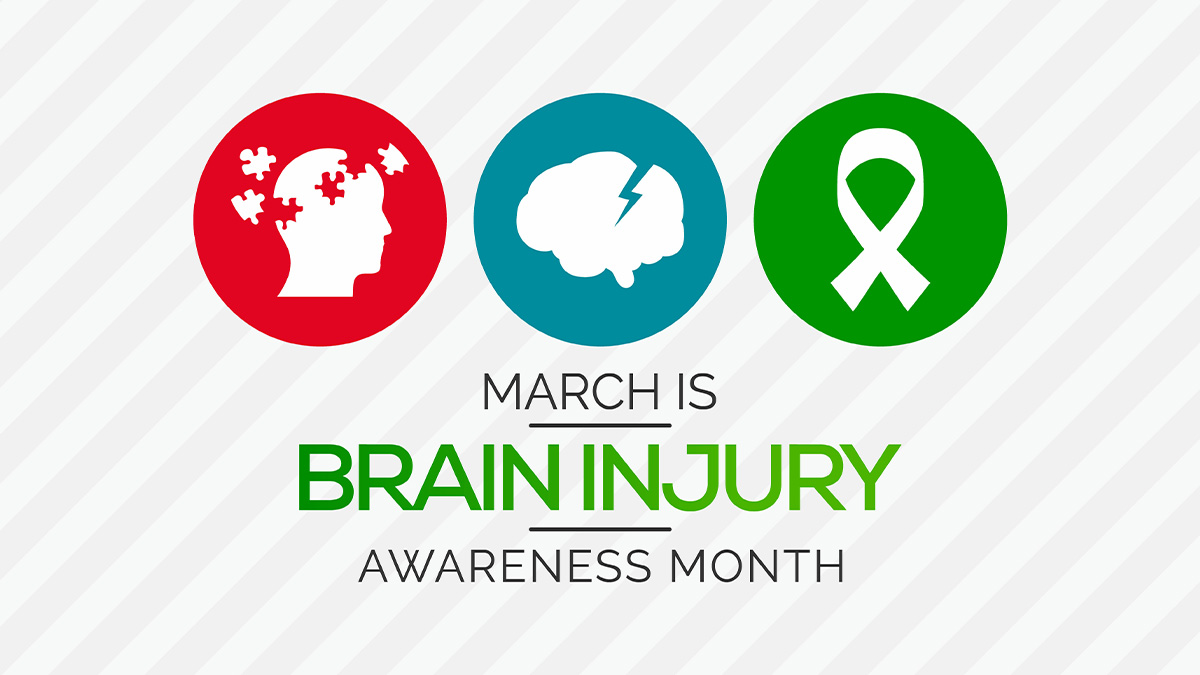Bringing Traumatic Brain Injury Out of the Shadows

Referred to as the "silent epidemic," brain injury is a hidden disability that most do not understand.
The Centers for Disease Control and Prevention (CDC) estimates about 611 persons in the United States experience a traumatic brain injury (TBI) requiring hospitalization on a daily basis; however, the true number of injuries is much higher as many brain injuries, such as concussions, do not always get reported to public health registries. It takes seconds to incur a brain injury, yet it is a disability that can present lifelong consequences to injured persons and their caregivers as brain injury can compromise a range of physical, cognitive and psychological functions.
Public recognition of brain injuries is increasing.
With more than 20 years of combat operations in Iraq and Afghanistan, a generation of veterans is returning to civilian life with blast-related TBI, often with an overlay of co-existing post-traumatic stress disorder. Fans of contact sports such as football and soccer face the moral dilemma of watching competition that can result in athletes developing neurodegenerative conditions such as chronic traumatic encephalopathy.
As the baby boom population ages, there are elevated rates of brain injuries due to falls and strokes. The CDC notes that the American Indian/Alaska Native populations experience greater rates of TBI-related death and hospitalizations compared to other racial and ethnic groups.
Despite the pervasive nature of brain injury, the public support to facilitate employment, independent living and quality of life is insufficient and varies widely from state to state. In this context, March is declared "Brain Injury Awareness Month” to elevate this disability in public and professional consciousness.
San Diego and California are national leaders in advocacy and service creation. The California Traumatic Brain Injury Advisory Board collects statewide data on the needs and injury characteristics among Californians to motivate elected officials and policymakers to provide necessary funding for services. Locally, the San Diego Brain Foundation (SDBIF) provides support groups, vocational counseling, housing, and information and referral services.
On Saturday, March 18, SDBIF is hosting its annual Survive HEADSTRONG walk by De Anza Cove. I encourage you to register and join in solidarity with brain injury survivors, family members and advocates. This event is one of SDBIF’s key fundraisers that makes what we do possible. I look forward to seeing you there!
Charles “Chuck” Edmund Degeneffe is a professor of rehabilitation counseling, coordinator of the Cognitive Disabilities Certificate Program, and chair of the Department of Administration, Rehabilitation and Postsecondary Education. Chuck serves on the California Traumatic Brain Injury Advisory Board and the Board of Directors for the San Diego Brain Injury Foundation.

